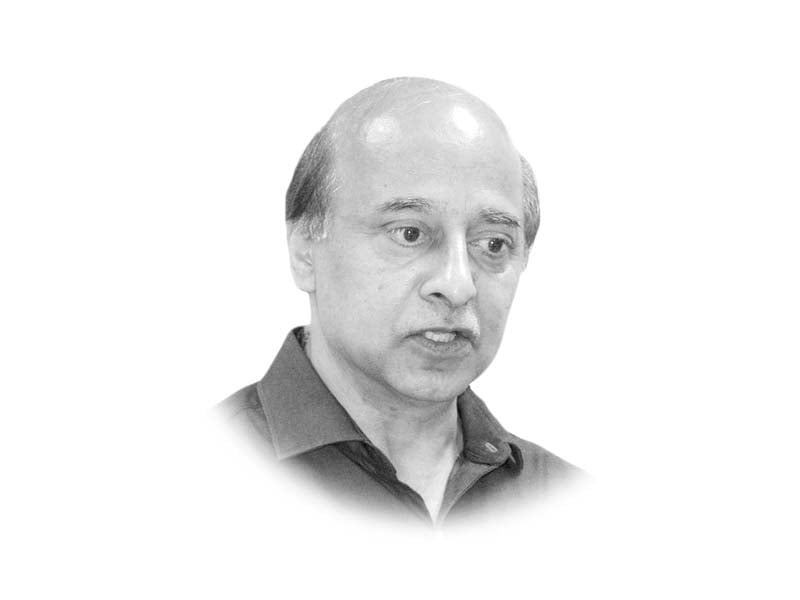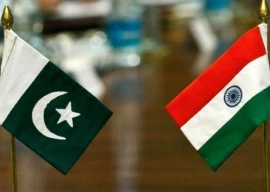
We were at a counter-radicalisation workshop in Washington (September 29) when the news of the Indian “surgical strike” struck us all — a few subject specialists drawn from Europe, Africa, the Middle East, Asia and of course the United States. Some reacted with surprise, others with a sense of shock and fear. Discussions with other experts on conflict evoked similar responses.
But most concurred around the question as to whether such brinkmanship was necessary in a region, where according to the World Bank, hundreds of million live below the poverty line. The majority of experts, particularly those from the Middle East and Africa — all familiar with the debilitating consequences of conflict and jingoism — wondered whether India needed to take the extreme step with an inherent risk of things spinning out of control. Some questioned the Indian claim about the surgical strike, others wondered about the rationale if it at all were a strike as such because it didn’t involve either precision weapons such as guided missiles or combat helicopters.
A former US colonel explained that the term was not part of the US military’s and the only thing the US Department of Defense recognises as a surgical strike similar to what the Indians have been claiming is called a “raid.”
“Modern technology affords militaries the capabilities to use precision guided weapons in “surgical strikes.” That was not the case in this latest incident between India and Pakistan as far as I know,” the colonel said. But regardless of what this was, the World Bank report “Poverty and Shared Prosperity,” released in September, offers statistics for all those leaders, particularly Prime Minister Narendra Modi, who vow to fight poverty; on the state of poverty in South Asia; it puts the number of this population in India at 21.25 per cent (over 240 million), and 8.3 per cent in Pakistan (over 16 million). Some 58 per cent Indians make $3.10 a day, compared to 45 per cent in Pakistan.
Drawing on this report, some African friends cautioned that coupled with poverty, politics, insecurity and crime continue to batter many parts of their continent. They asked why the south Asian leaders don’t learn from the African adversity. It left us wondering as to whether India and Pakistan will learn from the examples of other countries? Some of the questions emerging from these discussions are worth recalling.
How do leaders detoxify the narrative on each other once they have brainwashed their people into hating the other country? Remember what Naseeruddin Shah told Bollywood Hungama last year? He said “Indians are being brainwashed into believing Pakistan to be the enemy country without being aware of the historical. Indians need to look beyond the political animosity. What can we possibly gain from this form of ragging that we practise against Pakistan? It is a bully’s way of asserting himself”.
A friend from Kenya asked what was important for Pakistan in the current circumstances? The future of over 200 million Pakistanis or its pre-occupation with a territory that India will probably never give up? Since we had been discussing conflict induced by geo-politics and non-state actors during the workshop, one of the experts asked whether dealing with the numerous religious godzillas — TTP, al Qaeda, LeT, JeM — was important or challenging the Indian claim over Kashmir?
Will Pakistan respond, and how, if India continued down the path of hostility through the raids, was another worrying question by an American friend. She also wondered, how could India and Pakistan remain locked in a cycle of hostility when they are home to poor populations. Those living below and around the poverty line deserve access to health and education. The same applies to the teeming millions in India, including the nearly 250 million dalits, who are treated as sub-humans and forced to live in abysmal conditions. The poor of South Asia need compassionate consideration by their ruling elites. Spare them arrogant brinkmanship.
Published in The Express Tribune, October 5th, 2016.
Like Opinion & Editorial on Facebook, follow @ETOpEd on Twitter to receive all updates on all our daily pieces.

















































COMMENTS (1)
Comments are moderated and generally will be posted if they are on-topic and not abusive.
For more information, please see our Comments FAQ